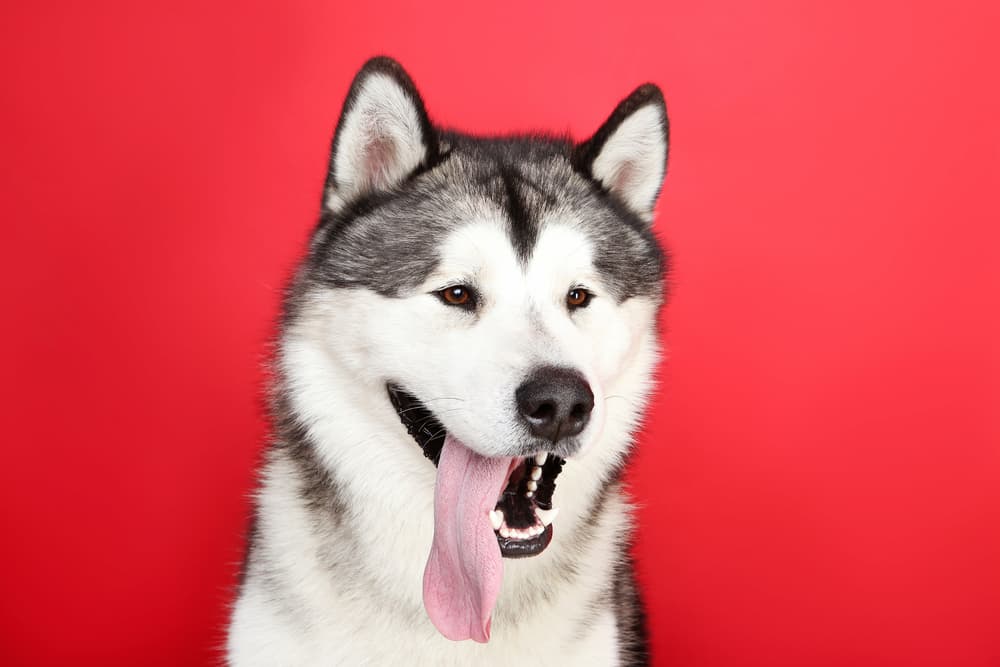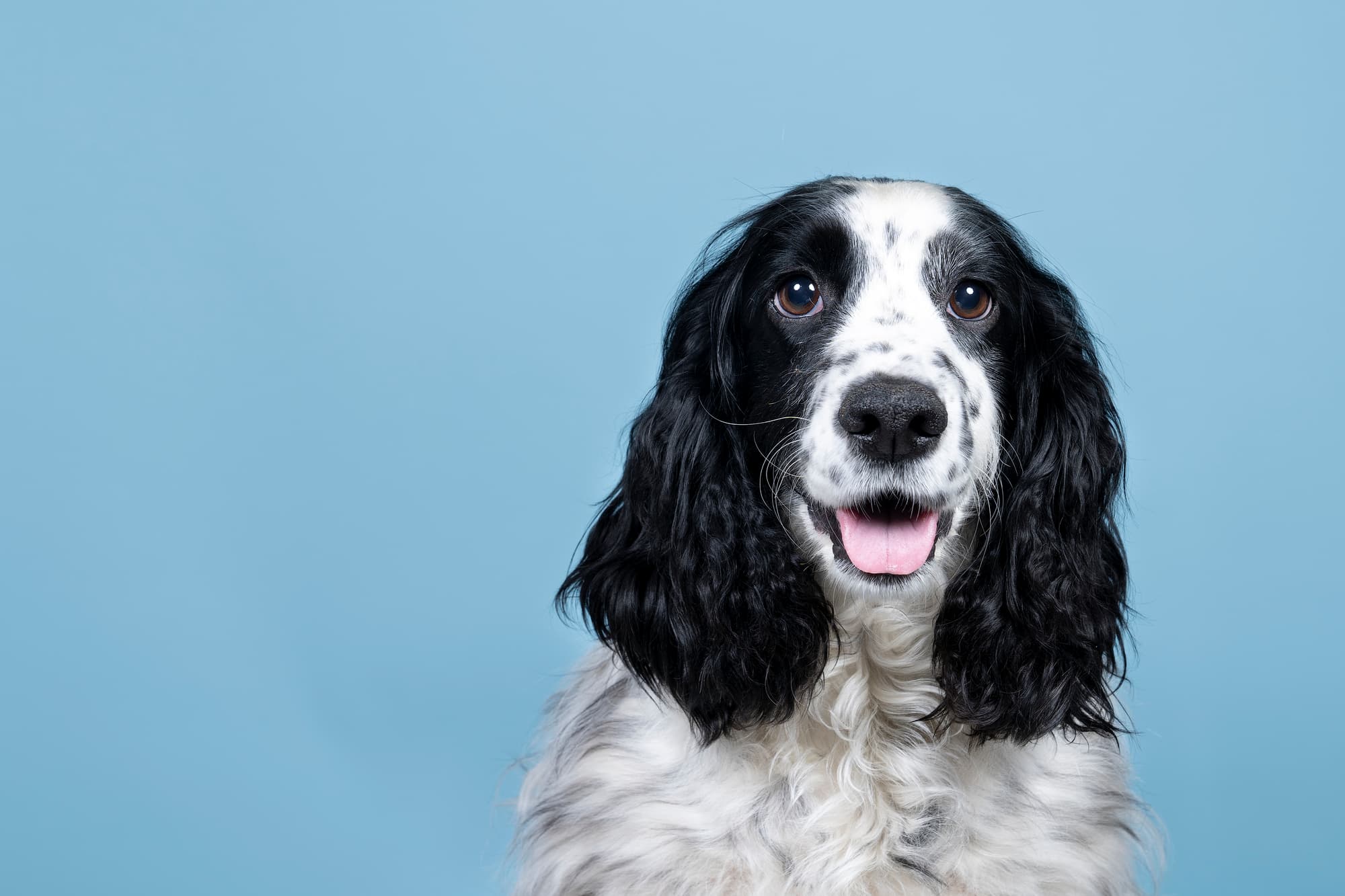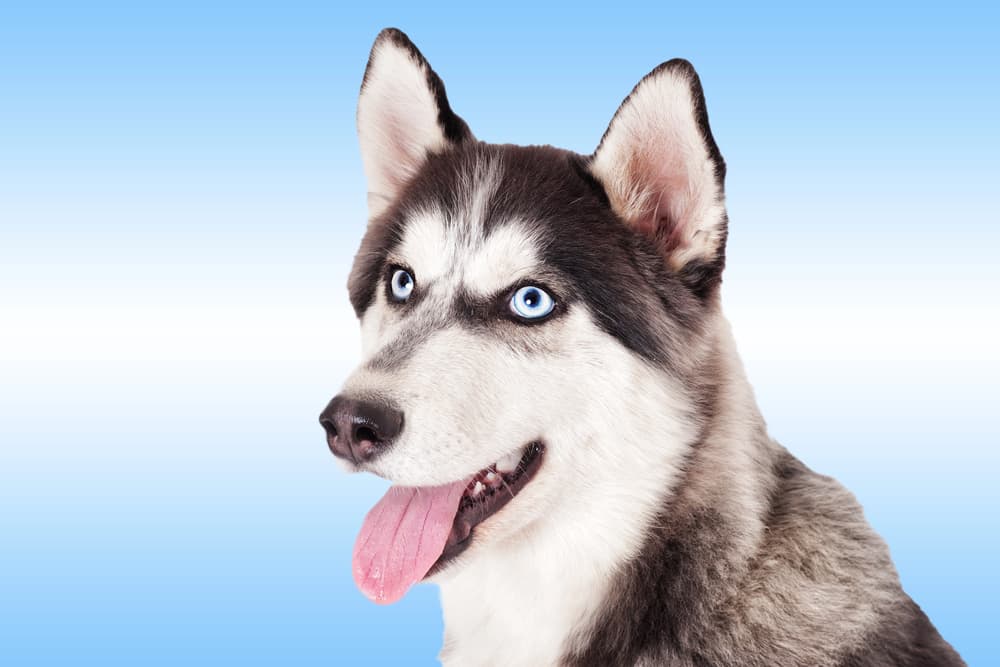
Cataracts

Our guide has been authored by qualified veterinarians, but should not be taken as substitute for medical advice or professional veterinary consultation. If your pet displays any unusual symptoms, we strongly advise seeking guidance from a veterinarian
Understanding Cataracts in dogs
Just like in humans, the role of a dog’s lens is to focus light, so it needs to be transparent to allow light to be properly absorbed by the retina. In the case of cataracts, the lens becomes opaque, preventing light from passing through it. This condition impairs vision, can lead to blindness, and directly affects the quality of life for the dog and its owners.
Cataracts's Causes: Uncovering Triggers
Genetic predisposition is the most common cause – certain breeds are more prone to cataracts than others. The genetic factor can manifest at any stage of life, from birth to over 10 years old. The age and location of cataracts on the lens vary between different breeds.
Diabetes – Cataracts are a very common complication in diabetic dogs due to the accumulation of excess sugar in the eye fluid. Cataracts in these cases can develop rapidly and aggressively.
Trauma to the lens – Often, this involves penetrating injury—the most common being a cat’s claw penetrating and injuring the lens. Other non-penetrating injuries can also disrupt the arrangement of fibers in the lens and cause cataracts.
Eye diseases – There are several eye diseases that can indirectly cause cataracts—for example, inflammation of the eye’s interior (uveitis), increased intraocular pressure (glaucoma), or retinal degeneration.
Nutritional deficiencies – There is a direct link between amino acid deficiencies and cataract development. The most common cases occur in puppies fed milk substitutes that do not contain the amino acid arginine. The good news is that this is a reversible factor, and once the specific deficiency is supplemented, the damage is prevented.
Aging – Similar to humans, older dogs have a higher prevalence of cataracts, but it’s not certain whether the reasons for this are degenerative, as is the case with humans.
 Recognizing Cataracts: Signs and Symptoms
Recognizing Cataracts: Signs and Symptoms
- Cloudy eyes: Cataracts in dogs are a visually apparent condition, at least in advanced stages. If you notice a cloudiness in your dog's eye, especially if it's near the center, it may be cataracts. However, such cloudiness can occur in middle-aged dogs and above as part of a condition called "nuclear sclerosis." Here, it's a kind of cloudiness at the center of the eye that does not cause any vision impairment and requires no treatment. An ophthalmic examination can differentiate between the two conditions.
- Limited vision: Your dog may not be able to tell you in words that it doesn't see as well as before, but its behavior may indicate vision difficulties, especially in the dark. Difficulty navigating, hesitant movements, bumping into objects, and the like are signs of vision impairment that need to be checked.
- Eye redness: Cataracts can cause secondary inflammation of the eye's interior (uveitis) accompanied by redness, pain, sensitivity, and a change in eye color.
 Cataracts Diagnosis: How it's Identified
Cataracts Diagnosis: How it's Identified
The diagnostic process includes a comprehensive eye examination, often at an ophthalmology clinic. This examination includes, among other things, pupil dilation and retinal examination. It’s also important to perform blood and urine tests to rule out hormonal and metabolic conditions, such as diabetes or calcium deficiency.
 Treating Cataracts: Options and Approaches
Treating Cataracts: Options and Approaches
It’s important to note that the severity of the disease is classified into 4 grades (incipient, immature, mature, hypermature), depending on the distribution of the opacities and the degree of lens opacity. This classification is crucial in choosing the appropriate treatment:
- Cataract Surgery – This is the main and, in fact, the only treatment in the vast majority of cases, and it is considered the most effective. Surgery is recommended starting from the early stage. The surgery is performed under general anesthesia, during which the lens is removed by making a millimeter incision in the cornea and breaking up the lens with ultrasonic waves (phacoemulsification). In some cases, a wider opening and manual removal of the lens may be necessary. In dogs, the goal of surgery is to prevent vision loss, which indeed happens with the removal of the cataract lens. However, nowadays, it’s more common to implant an artificial lens to replace the removed lens to allow for higher visual acuity after surgery. There’s no point in performing comprehensive surgery and potential complications if the retina is also damaged.
- Medical Treatment – Although not a curative treatment for cataracts, medications can help reduce the signs of secondary inflammation or treat initial eye problems that cause cataracts. Such treatment may be critical after surgery, as severe inflammation may develop instead.
- Diabetes Treatment – In cases of cataracts accompanying diabetes, controlling blood sugar levels as early as possible can significantly slow down cataract development.
- Nutritional Change – In cases of deficiency in essential amino acids, especially in young puppies.
- Periodic Follow-Up Tests – In cases of incipient cataracts that do not develop rapidly, there may be no impairment or at most mild impairment of vision. Therefore, at this stage, there is no rush to surgery, especially if it’s slow-progressing and in older age.
Cataracts: Surprising Facts

In young dogs, advanced cataracts can cause spontaneous lens dislocation. Though the cataract technically resolves on its own, it's still very dangerous, as the lens proteins are now a "foreign body" that can cause severe inflammation in the eye, requiring intensive treatment.

Cataract surgery has a success rate of over 90%. It can dramatically improve the dog's quality of life with relatively minimal invasion and very few complications.

The first artificial lens implantation in dogs was performed in 1991. In recent years, the procedure has become more common, and today, most operated dogs undergo such an implantation.
 Vet's Tip: Dealing with Cataracts
Vet's Tip: Dealing with Cataracts
Early diagnosis of cataracts and effective treatment can significantly increase the success rate of surgery and prevent associated disease complications. Therefore, if you suspect that your dog is suffering from visual impairments, especially in the dark, it’s important to seek ophthalmic examination. If the dog is suitable for surgery, it’s highly recommended, as it can significantly improve the quality of life, even in older dogs.




Price Tag

Latest in Research and Treatments
Most cases of cataracts in dogs have an underlying genetic cause. The problem is that there are a large number of different genes that can cause the disease. In recent years, research has been conducted with the aim of identifying these various genes and developing genetic tests that will allow for the identification of carriers of the disease, especially in purebred dogs.
dogs breeds Prone to Cataracts
Did you know?
Enrolling in Animalia Pet Insurance
while your pet is healthy is a wise decision.
Waiting until a disease develops means it won't be covered.




















